Sardinia is known around Europe for its wonderful coastlines and turquoise waters, but head inland and the island offers so much more than soaking up the sun on the nearest beach. Here are five of our favourite reasons to visit.
Discover Bronze Age history
The Nuraghic people are believed to have dominated Sardinia during the Bronze Age. Today there are remains of as many as 7000 of their stone towers scattered across the island, which are generally thought to have been built as defensive structures. The most spectacular of these is close to Barumini. It is known as the Nurgaghe Su Nuraxi and is the first stop on our Heart of Sardinia tour. The focal point of this UNESCO World Heritage site is the 1500 BC tower, which was later incorporated into a larger fortified village settlement. Archaeologists believe this reflected the evolution of Sardinian society as people started to co-habit in small groups. Equally captivating is the enigmatic village of Tiscali in the heart of the Supramonte mountains. A two-hour hike takes you to this evocative hamlet and historians still debate the function of this hidden village, but believe it was populated up to Roman times. Another must-see destination is the sacred well in Santa Cristina found just to the north of Oristano. Water played a pivotal role in Nuragic religious traditions and there are many well temples across the island. From above, the well looks like a giant keyhole, but in the centre is a set of superbly maintained steps and, on the spring and autumn equinox, the sun perfectly illuminates the stairway down to the water in the well.
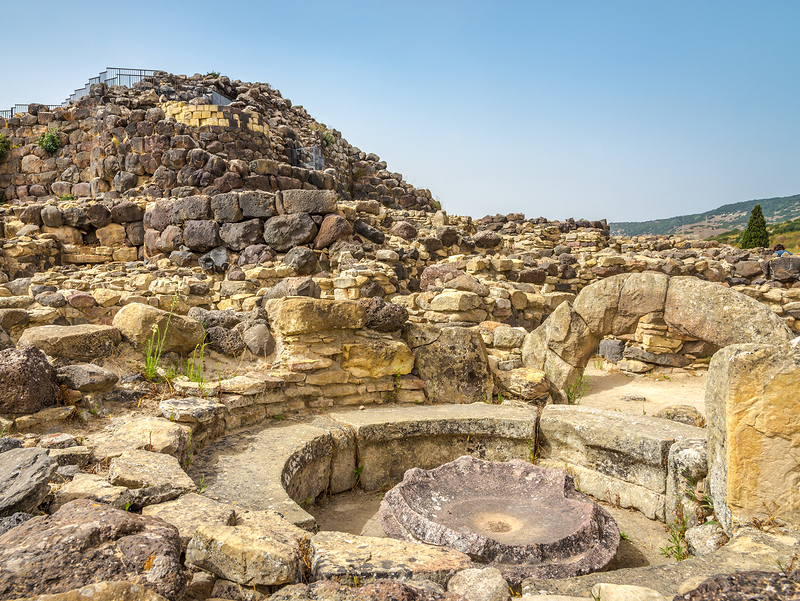
Admire the Art in Orgosolo
Orgosolo, in the province of Nuoro, was an isolated and sparsley populated town until the 1960s, famous for its bandits rather than it’s beautiful paintings. However, political and social unrest in the 1960s and 70s gave rise to the Italian muralist tradition. Local artists expressed their frustrations by creating enormous murals adorning the exterior of buildings, reflecting the lives of local people, their struggles for power and bitter battles with land disputes. Many artists contributed to the creation of this extraordinary outdoor museum and today hundreds of murals colour the streets, attracting much interest from people around the world. Painted on houses all around the village, the murals not only engage the community of Orgosolo but also speak to a wider global audience as they communicate the fears, hopes and emotions of us all. Orgosolo is the heart of this tradition but other towns have also cultivated this art form, such as San Sperate and Villamar.
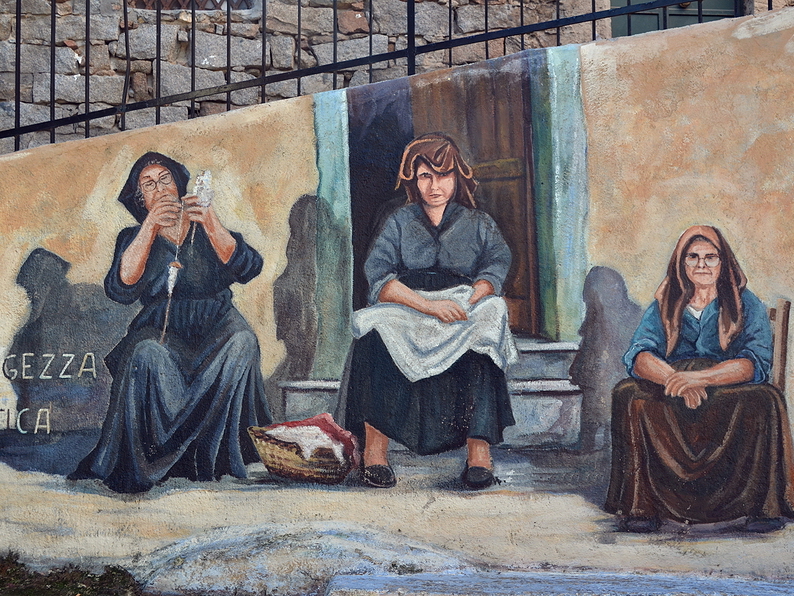
Explore Sardinia’s Wine Culture
There are a number of wineries across the island that welcome visitors and explain their work and philosophy. Wine is an integral part of Sardinia’s history and economy, with archaeological discoveries pointing to a winemaking heritage dating back at least to Roman times and possibly even the Phoenicians before them. Grapes are grown all over the island and there are many native varieties which are not found anywhere else. Some wine experts estimate that there are dozens which are yet to be formally identified. For many decades Sardinian wines did not attract much international attention but a new generation of growers are revitalising its reputation. One of the most respected producers on the island is Cantina Argiolas, whose vineyards are around 20 km north of Cagliari in the village of Serdiana. All year round they offer popular experiences from guided cellar tours to tastings, cooking classes to vineyard walks with picnics amongst the vines. Three generations of the same family have run the business and they are passionate about sharing their love for the land.
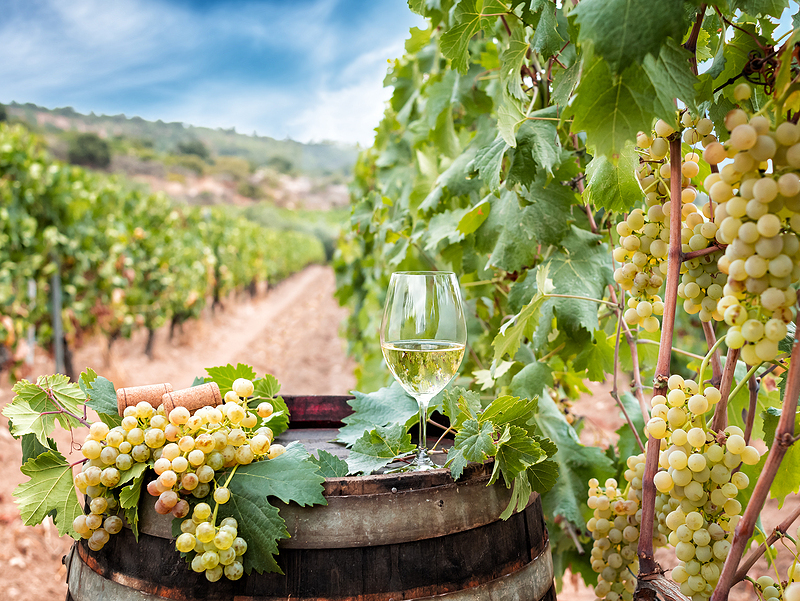
Look behind the Masks of Mamoiada
Sardinia is an island of festivals, traditional dress and pagan customs. The Carnevale celebrations in Mamoiada are famous for their iconic masks of the Mamuthones and Issohadores. These figures, deeply rooted in Sardinian folklore, appear in processions that reflect rituals of fertility, harvest, and the eternal battle between winter and spring. The Mamuthones wear dark, heavy sheepskin costumes and wooden masks with sinister expressions. Cowbells attached to their backs clang rythmically, symbolizing the hardships and resilience of rural life. In contrast, the Issohadores wear lighter, more colorful attire with red jackets to symbolise hope, vitality, and good fortune. The Carnevale takes place in the first couple of months of the year, but if you cannot get to see it in person, then the Museum of Mediterranean Masks of Mamoiada helps to explain the significance, rituals and costumes of this extraordinary celebration. The museum is open every day except Tuesdays.
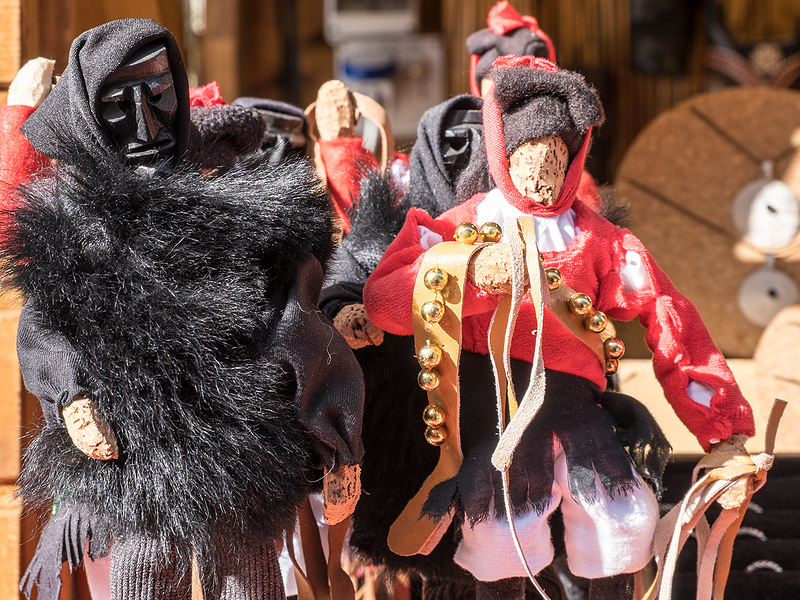
Ride the Trenino Verde
They call this a journey into the soul of Sardinia. The Trenino Verde (Little Green Train) is one of the most unforgettable experiences in Sardinia. Run during the summer months, these little vintage green coaches travel on narrow guage lines across some of the most inaccessible parts of the island. There are four different routes to take you past cliffs, wild valleys, deep gorges, bridges and rich forests where you might spot mouflon, wild boars, foxes and other native species. D H Lawrence travelled on the Trenino Verde in the 1920’s, writing afterwards: “It’s a strange railway. It shoots up hills and down into valleys and races around sudden curves with the greatest nonchalance….” Because the routes explore remote areas of the island they do not necessarily start and finish in its major cities. If you are in Cagliari however, a metro runs from the station on Piazza Repubblica where you can connect with trains up to Mandas, which is the starting point for one of the routes. Each route can be taken as a round-trip day excursion, and offers different experiences such as tasting stops, a ceramics workshop, a ferry ride on a local lake or visits to local museums.
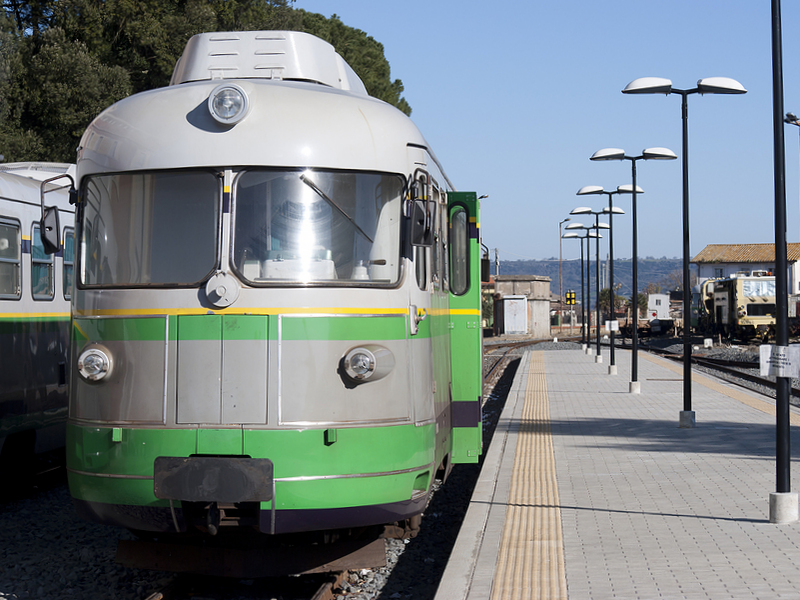
We return to Sardinia next September to soak up all the fascinating traditions of this wonderful island. Let us know if you would like to join us!
